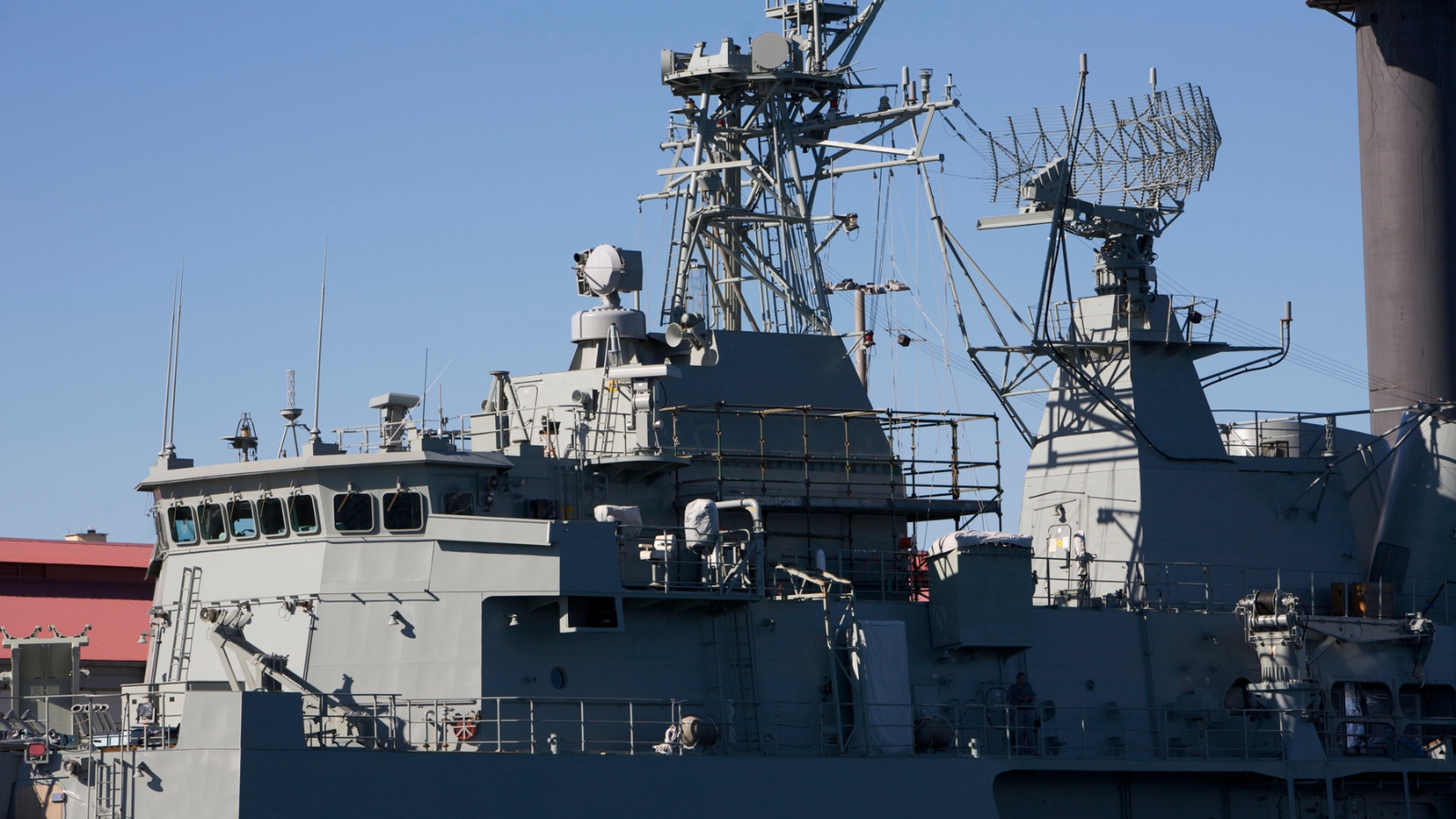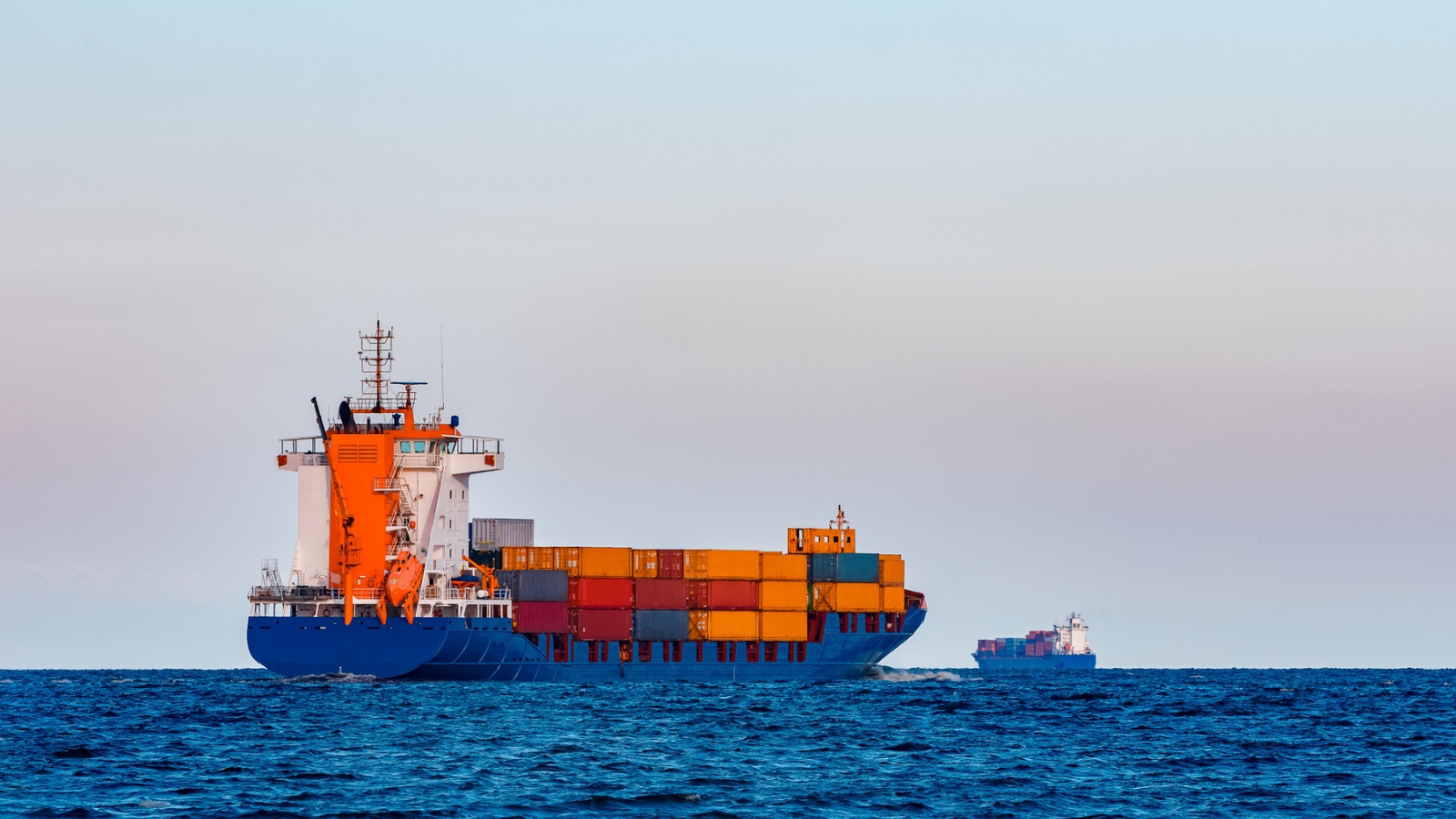Less than two weeks after an out-of-control cargo ship destroyed the Francis Scott Key Bridge in Baltimore, another maritime incident has sparked worries about the safety of large vessels navigating near critical infrastructure.
The recent incident involved the APL Qingdao, a massive container ship, that experienced propulsion issues near the Bayonne Bridge, a busy artery in the New York and New Jersey port area.
Authorities responded quickly to the incident, and three tugboats were deployed to assist in guiding the vessel to safety, preventing a potentially catastrophic situation in one of the nation’s largest ports.
The APL Qingdao measures over 1,100 feet in length and encountered propulsion issues in a narrow passage near the Bayonne Bridge.

The Coast Guard records analyzed by the Washington Post indicate that the issues with propulsion failures among large cargo ships are not limited to a few isolated incidents, but rather a widespread trend.
Over the past three years, hundreds of vessels longer than 600 feet have reported losing propulsion in U.S. waters, with a significant number of incidents occurring near ports, bridges, and other critical infrastructure.
Various factors are attributed to the rise in propulsion loss incidents by experts, including the increasing size of container ships and the lack of adaptation of some ports to accommodate these massive vessels.
Read More: Democrat Latino Group Unveils $57 Million Plan To Boost Votes

Additionally, inconsistent rules regarding the use of tugboat escorts and maintenance issues on ships have exacerbated the risks associated with navigating confined waters near infrastructure.
Propulsion loss incidents can have severe consequences, as demonstrated by incidents where ships have collided with objects or run aground after losing power.
Coast Guard investigations have identified multiple causes for propulsion failures, ranging from mechanical and equipment malfunctions to human error and poor maintenance practices.
Maritime safety experts are calling for enhanced safety measures to mitigate the risks posed by propulsion loss incidents.

Suggestions include implementing uniform standards for tugboat escorts, improving maintenance protocols for ships, and investing in infrastructure upgrades to accommodate larger vessels.
There is no uniform standard for the use of tugboat escorts in U.S. ports, and decisions regarding tugboat assistance are often left to individual pilots and ship captains instead.
This has led to inconsistencies in safety practices across different ports, despite federal laws requiring ships to report any loss of propulsion.
The recent incidents have prompted calls for greater investment in maritime safety and infrastructure improvements.
Also Read: Trump Says Biden ‘Has Totally Abandoned Israel,’ Slams Jewish Voters Who Still Support Him

However, challenges remain in balancing the need for safety with the financial considerations of ship owners and port authorities.
The recent propulsion loss incidents highlight the urgent need for action to enhance maritime safety and prevent future accidents near critical infrastructure.
As the shipping industry continues to evolve, ensuring the reliability and resilience of propulsion systems will be paramount in safeguarding lives, protecting the environment, and maintaining the efficient flow of global trade.
Read Next: DeSantis Suspends Florida Commissioner for Stealing From a 96-Year-Old Woman


 Tags:
Tags:










